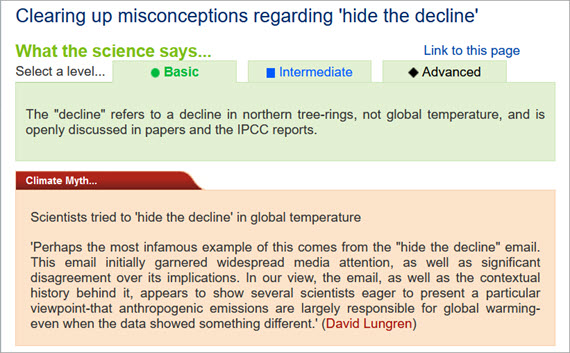Plants, Vol. 12, Pages 598: Phytoremediation of Potentially Toxic Elements from Contaminated Saline Soils Using Salvadora persica L.: Seasonal Evaluation
Plants doi: 10.3390/plants12030598
Authors: Amtul Mujeeb Zainul Abideen Irfan Aziz Nadia Sharif Muhammad Iftikhar Hussain Asad Sarwar Qureshi Hsi-Hsien Yang
Plants in coastal ecosystems are primarily known as natural sinks of trace metals and their importance for phytoremediation is well established. Salvadora persica L., a medicinally important woody crop of marginal coasts, was evaluated for the accumulation of metal pollutants (viz. Fe, Mn, Cu, Pb, Zn, and Cr) from three coastal areas of Karachi on a seasonal basis. Korangi creek, being the most polluted site, had higher heavy metals (HM’s) in soil (Fe up to 17,389, Mn: 268, Zn: 105, Cu: 23, Pb: 64.7 and Cr up to 35.9 mg kg−1) and S. persica accumulated most of the metals with >1 TF (translocation factor), yet none of them exceeded standard permissible ranges except for Pb (up to 3.1 in roots and 3.37 mg kg−1 in leaves with TF = 11.7). Seasonal data suggested that higher salinity in Clifton and Korangi creeks during pre- and post-monsoon summers resulted in lower leaf water (ΨWo) and osmotic potential at full turgor (ΨSo) and bulk elasticity (ε), higher leaf Na+ and Pb but lower extractable concentrations of other toxic metals (Cr, Cu, and Zn) in S. persica. Variation in metal accumulation may be linked to metal speciation via specific transporters and leaf water relation dynamics. Our results suggested that S. persica could be grown on Zn, Cr and Cu polluted soils but not on Pb affected soils as its leaves accumulated higher concentrations than the proposed limits.

 1 year ago
26
1 year ago
26


